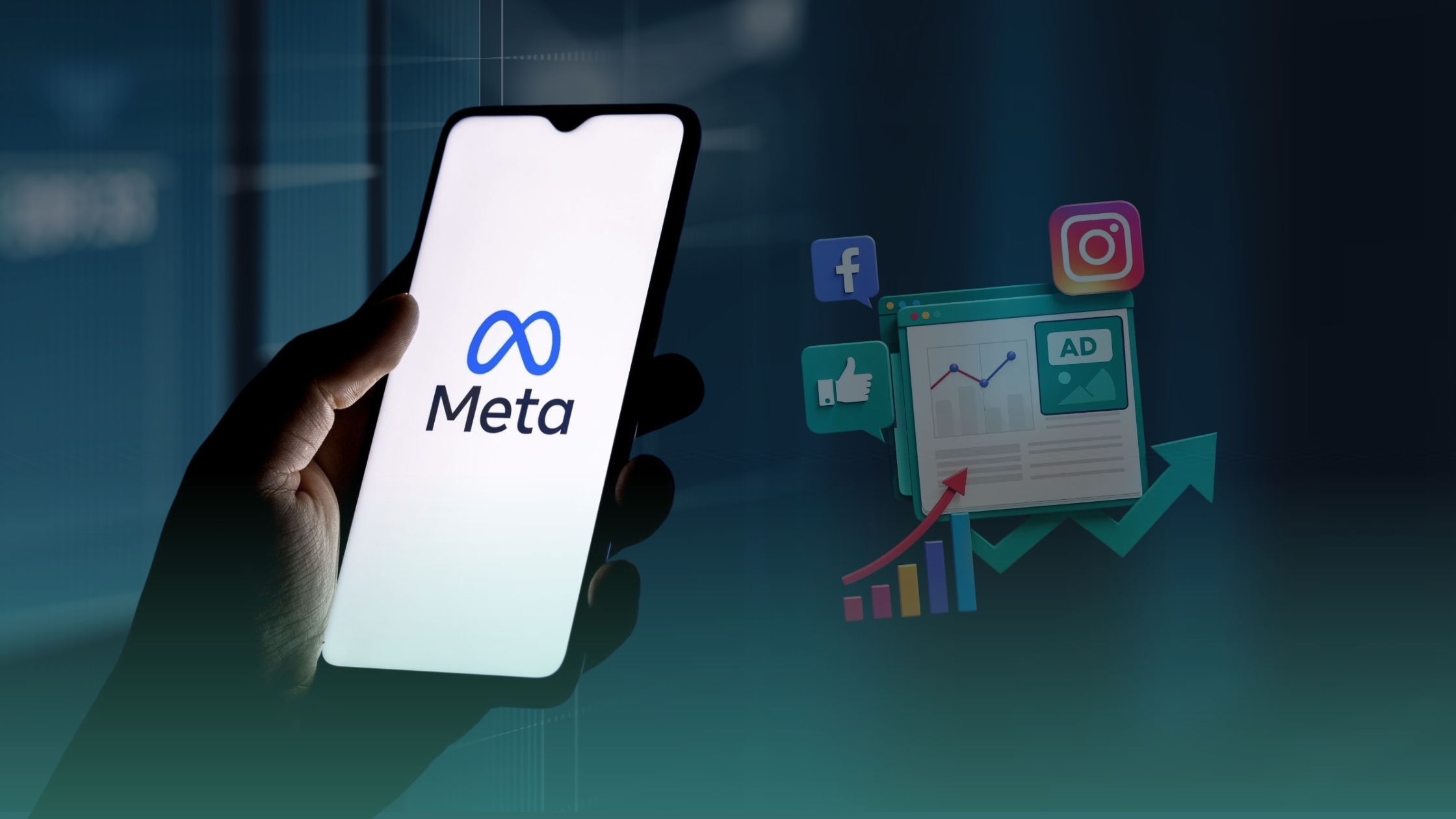In 2025, running ads on Instagram and Facebook using Meta Ads Manager is still one of the most effective ways to grow an e-commerce business. However, many advertisers waste thousands in ad spend due to simple yet damaging Meta ad mistakes. From poor targeting to broken tracking and underwhelming creatives, these errors silently sabotage your ROI.
I’ll walk you through the 7 most common Meta ad mistakes, explain why they occur, and show you how to fix them.
1. No Strategic Funnel Mapping
Problem: Many advertisers run conversion ads to cold audiences or awareness ads, expecting immediate sales.
Why it matters: Meta’s algorithm needs clear direction. If your objective doesn’t match the user’s buying stage, optimization fails.
Fix:
Map your funnel:
- Top of Funnel: Use Reels or carousels for brand intro and product storytelling.
- Middle of Funnel: Retarget with testimonials, reviews, or influencer UGC.
- Bottom of Funnel: Show product ads with urgency (limited-time offers, discounts).
Align each stage with a proper campaign objective (Reach, Traffic, Leads, Sales).
For more insights on optimizing ads with Meta’s tools, check out this post on How to Use Meta Messaging Ads for Quality Leads From Instagram and Facebook.
2. Misaligned Targeting
Problem: Overly broad or narrow targeting, skipping exclusions, or stacking interests.
Why it matters: Without smart segmentation and exclusions, you either reach unqualified users or miss opportunities.
Fix:
- Use a combination of interest-based and Lookalike audiences.
- Exclude past purchasers, website visitors, and subscribers.
- Segment audiences based on buying behavior or funnel stage.
- Consolidate redundant ad sets to avoid internal bidding wars.
This ensures more efficient learning and stronger ROAS.
If you want a deeper dive into targeting strategies, this article, Top Ecommerce Meta Ads Mistakes You’re Probably Making, offers further optimization tips.
3. Weak or Generic Creatives
Problem: Using stock images, unclear messaging, or poor ad formatting lowers engagement and trust.
Why it matters: According to Meta, creative accounts for up to 56% of an ad’s success. If your visual doesn’t stop the scroll, you lose the click.
Fix:
- Use clean, high-quality visuals tailored for vertical placements.
- Include real people, emotional angles, or bold CTAs.
- Test different creative types: UGC, testimonials, behind-the-scenes clips.
Also, explore Creative Assets Customization for Meta Ads to see how design impacts performance across placements.
4. Skipping A/B Testing or Doing It Wrong
Problem: Testing too many elements at once, working with limited budgets, or prematurely ending tests.
Why it matters: Meta needs statistically relevant data to optimize. Bad test setups produce noise, not clarity.
Fix:
- Test one variable at a time (headline, visual, CTA, audience).
- Use a $25–30/day budget minimum for conversion objectives.
- Run tests for 5–7 days before making decisions.
- Pause underperformers and scale up winning creatives or audiences.
This scientific approach saves budget and improves performance.
5. Broken or Incomplete Tracking Setup
Problem: Missing Meta Pixel, improperly configured events, or not using Conversions API.
Why it matters: Without accurate data, Meta can’t optimize correctly. You also lose insight into how users behave after clicking your ads.
Fix:
- Install Meta Pixel across your website.
- Set up and verify standard events: ViewContent, AddToCart, Purchase.
- Use Meta’s Test Events tool to confirm real-time tracking.
- Pair Pixel with Meta’s Conversions API (CAPI) for server-side data tracking.
6. Budget Mistakes and Ad Fatigue
Problem: Starting with too little budget, letting frequency spike, or using the same ad creative for weeks.
Why it matters: Meta needs data to optimize.
Too little budget = slow learning.
Too much exposure = rising CPAs and audience burnout.
Fix:
- Use at least $25–30/day for conversion campaigns
- Monitor ad frequency (refresh at 2.5+)
- Rotate creatives every 7–10 days
- Scale gradually (10–20% daily budget increase max)
Smart pacing and creative refreshes keep your campaigns healthy.
7. Overly Complicated Campaign Structure
Problem: Too many ad sets, mixed product categories, or overlapping audiences in one campaign.
Why it matters: A cluttered structure confuses Meta’s machine learning and makes optimization harder.
Fix:
- Use 3–5 ad sets max per campaign.
- Separate products by category or profit margin.
- Avoid overlapping audiences across ad sets.
- Run split tests with a clean structure: one creative per ad set, one variable tested at a time.
Simplified structures deliver clearer results and stronger optimization.
Conclusion
In conclusion, avoiding these Meta ad mistakes can significantly improve the ROI of your Instagram and Facebook campaigns. From cleaner testing and tracking to stronger creatives and clearer funnel goals, every step matters.
If you’re tired of wasted spend and weak performance, it’s time to fix the system, not just the ads.
At BugsLink Tech, we specialize in Meta Ads strategy for e-commerce businesses. We help brands test, scale, and automate their ad campaigns the right way, without falling into these common traps.
Need help auditing your Meta campaigns? Reach out to us.
FAQs
What are the most common Meta ad mistakes for e-commerce businesses?
The most common Meta ad mistakes include poor funnel mapping, misaligned targeting, weak creatives, skipping A/B testing, and incomplete tracking setups.
How can I improve my Meta ad creatives?
To improve your Meta ad creatives, use high-quality visuals, test different creative types like UGC and testimonials, and ensure your visuals are optimized for mobile and vertical formats.
Why is A/B testing important for Meta ads?
A/B testing is crucial as it helps determine which elements of your ads perform best (like headlines, visuals, or audience targeting), enabling better optimization and higher ROI.

